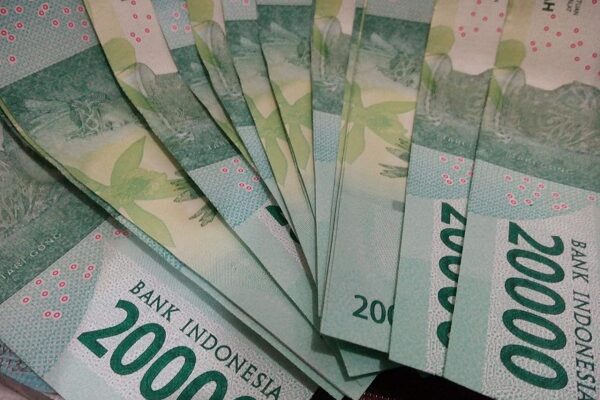
In a bold and attention-grabbing move, Indonesia has clarified what constitutes poverty in the world’s fourth-most populous country. Anyone who spends less than Rp20,000 per day—equivalent to roughly $1.20 USD—is officially considered poor.
While the statement aims to offer clarity for welfare programs and social interventions, it also opens a broader conversation about the rising cost of living, the relevance of poverty benchmarks, and the state of economic inequality in Indonesia.
The Central Statistics Agency (BPS) has set a new poverty line threshold for March 2025, based on the National Socio-Economic Survey (Susenas), at Rp609,160 per capita per month, or an average of Rp20,305 per day. Thus, anyone who can only spend Rp20,305 per day to meet their living needs is categorized as poor.

Minister of Social Affairs (Mensos) Saifullah Yusuf has also spoken out. The Minister expressed his support for BPS in improving the indicators currently used to measure public welfare, as these updates are also necessary to adapt to the times.
“BPS has already stated that it will accept suggestions for improving the indicators. I think that’s a positive step, and we welcome it. We ourselves certainly use BPS data as a reference, as a guideline,” said Gus Ipul—Saifullah’s popular nickname—responding to reporters’ questions at the Presidential Palace in Jakarta on Tuesday, July 29, 2025. Gus Ipul stated that the Ministry of Social Affairs, in principle, follows the decisions made by BPS regarding plans to revise the welfare measurement indicators.
However, Gus Ipul noted that if such changes do take place, they will affect how the government’s performance is assessed, including the performance of the Ministry of Social Affairs.
For example, he explained, if the Ministry of Social Affairs is currently working based on a poverty line indicator of Rp500,000 per capita per month, and that figure is later raised to Rp700,000, it would lead to what he described as “statistical turbulence.”
“For instance, we’re currently working with the Rp500,000 benchmark—just as an example—and then all of a sudden while we’re still working, the threshold is raised to Rp700,000. It’s like what happened before: the extreme poverty line used to be around Rp300,000 and then it was raised to Rp400,000. So, if measured at the same time, it appears that poverty is increasing, but in reality, it’s just the benchmark that has changed,” he said.
Therefore, if BPS decides to change the poverty measurement indicators, Gus Ipul hopes the previous indicators will still be used in tandem to measure public welfare.
“If there is an increase, we hope both the old and new indicators will be used, so that the government’s performance can be fairly measured. Because if we assess today’s conditions using the old benchmarks, we’ll avoid statistical volatility,” said Gus Ipul.
He argued that the current indicators still need to be used, as BPS’s measurement results also reflect the government’s work.
“If the revision of measurement indicators is necessary, then dual measurements could be implemented. That way, our performance can still be properly evaluated over time. So, in my opinion, that expectation will certainly be accommodated by BPS,” said Gus Ipul, as quoted by Antara.


